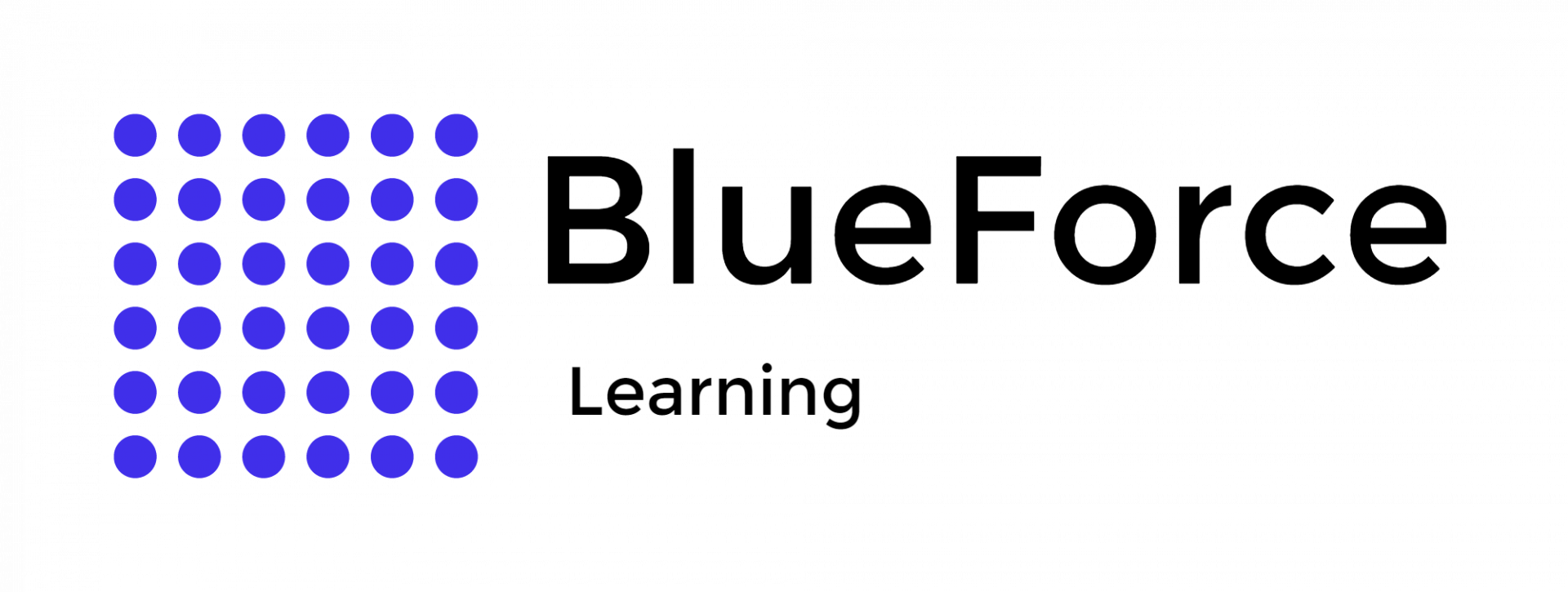In the modern digital era, using data-driven solutions in law enforcement has become increasingly significant. One standout innovation is the
geofence warrant, which is now considered now crucial to recent investigative methods.
When this technology is combined with the Place-based Investigations of Violent Offender Territories (PIVOT) approach, it offers a transformative pathway for improving our methods of crime control and prevention. This discussion will delve into this warrant's crucial role in collecting digital evidence and crime mapping and analysis.
Geofence warrants are a unique type of search warrant. They allow law enforcement to request data from technology companies (such as Google) about all devices within a specified geographical area over a certain period. This data, collected from services like GPS, Wi-Fi, and cellular data, help identify potential suspects or witnesses at a crime scene.
PIVOT, short for Place-based Investigations of Violent Offender Territories, is a strategy designed to handle and reduce violent crimes. The PIVOT strategy in law enforcement was coined by the
Cincinnati Police Department (CPD) in response to a crisis of increasing violence and shootings in late 2015.
The development of the strategy involved a team of individuals assembled by a CPD commander, including academic experts, investigative officers, crime analysts, a city solicitor, and a community resource organizer. The team included Dr. Tamara Herold, who had studied crime science with Dr. John Eck at the University of Cincinnati and later worked as a professor in Las Vegas. Therefore, it is safe to say that the PIVOT strategy was a collective effort by this multidisciplinary team led by the Cincinnati Police Department.
PIVOT, as the name suggests, focuses on small areas with high crime rates - violent micro-locations - that despite their size, contribute to a significant amount of violent incidents. Meanwhile, the strategy aims to break down the infrastructure that supports recurring criminal activity by identifying and disrupting the crime networks operating within these zones.
One interesting aspect of PIVOT is that it utilizes available resources to law enforcement and other city departments. Rather than relying solely on police suppression tactics, PIVOT highlights the importance of detailed investigations, particularly in areas where key figures in violent offender networks operate. The strategy also promotes a city-wide use of resources to fight crime.
The end goal of the PIVOT strategy and the geofence warrant is the same - removing crime from micro-locations effectively to decrease the overall crime rate. Thus, incorporating geofence search warrants into the PIVOT strategy can offer several advantages for law enforcement as it:
Geofence warrants allow police to pinpoint high-risk areas accurately. They provide location-specific data that can help the police to design targeted strategies. It ultimately leads to more successful results and a decrease in crime rates.
The geofencing investigation process involves creating a virtual boundary around a crime scene. This technique provides crucial location-specific information, which is invaluable to the PIVOT investigation process.
In the age of data-driven policing, digital evidence collection is crucial. Geofence warrants play a significant role in this area as they are valuable for gathering digital evidence. This evidence gives police factual data to help with any location-based crime.
PIVOT is based on evidence-based principles, and
geofence warrants support this approach. The complex data obtained from geofence warrants provide a factual basis for interventions, making the methods used by law enforcement practical and efficient.
The PIVOT strategy can greatly improve crime mapping and analysis by providing detailed knowledge of location-specific data. This allows for a more comprehensive understanding of criminal activities within a certain area, enhancing law enforcement's ability to identify crime hotspots and devise efficient prevention strategies.
Discover how Cincinnati used the PIVOT strategy to reduce crime and shootings - In late 2015, Cincinnati was struggling with a rise in violence and shootings. Under the mounting pressure of public concern and national scrutiny, city officials commissioned the Cincinnati Police Department (CPD) to devise an immediate solution. The CPD's response was PIVOT, an innovative violence-reduction strategy, which won the 2017 Herman Goldstein Award for Excellence in Problem-Oriented Policing.
PIVOT emerged from complex circumstances: historical struggles, a contemporary political crisis, dwindling resources, and a timely combination of ideas and experiences. The team that developed this strategy comprised academic experts, investigative officers, crime analysts, a city solicitor, and a community resource organizer.
Unlike traditional policing strategies, PIVOT has a unique focus. The strategy targets micro-locations – small areas, often one to two blocks in size, which account for over 40% of all shooting victims. Even though these areas represent less than 1.4 square miles of the city, they are plagued with persistent violence.
Despite ongoing and targeted police intervention, these areas continue to see recurring violence.PIVOT acknowledges the inherent risks these micro-locations pose to law enforcement and seeks to address them. The strategy focuses on crime-place networks and aims to dismantle offenders' physical infrastructure, including public and private locations used to plan and execute the crime. It also targets businesses that facilitate criminal activity.
Another distinctive feature of the PIVOT strategy is its emphasis on a city-wide response. PIVOT investigators regularly present their findings to representatives from various city departments. This encourages them to use their specific expertise and resources to design and implement crime prevention interventions. Such interventions can range from altering parking restrictions or traffic patterns to seizing and repurposing businesses involved in criminal activities.
The PIVOT strategy has yielded impressive results. Pilot sites chosen by the CPD experienced significant reductions in violent crime, with a decrease of over 89% in the first site and 71% in the second. The violence levels in these areas remained low even a year after the intervention.
Furthermore, effective implementation of both PIVOT and the use of geofence warrants requires comprehensive law enforcement training. This training ensures that officers have the necessary knowledge and skills to efficiently navigate these tools and strategies to maximize their potential in the fight against crime.
Blue Force Learning offers comprehensive training programs that equip law enforcement personnel with the knowledge and skills necessary to use geofence warrants effectively and responsibly. Our
law enforcement training bridges the gap between innovative technology and practical policing, empowering law enforcement to fight crime in a more data-driven, targeted, and proactive manner. Join our courses now and confidently navigate the digital landscape of modern policing, ensuring a safer community for all.


